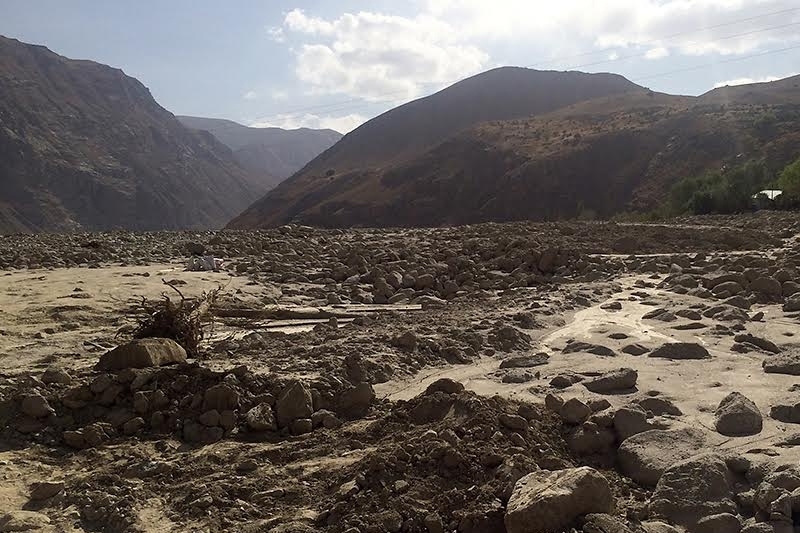

Tajikistan's Struggle with Climate Migration. As one of Central Asia's most vulnerable nations to the effects of global warming
Tajikistan’s Struggle with Climate Migration. As one of Central Asia’s most vulnerable nations to the effects of global warming, Tajikistan is witnessing the gradual but significant displacement of its people due to climate-related disasters.
Authorities in Tajikistan are deeply concerned about the situation, warning that hundreds of thousands of people are currently living in regions threatened by climate disasters. According to Murotbek Murodov from the Tajikistan Emergency Situations Ministry, there are over 1,000 “dangerous zones” in the country that require immediate evacuation to avoid tragedy.
Last year alone, more than 550 emergencies linked to natural disasters claimed the lives of 51 people in Tajikistan. The country’s susceptibility to climate change is attributed to its mountainous terrain and its dependency on water resources from glaciers, which are rapidly melting due to rising temperatures.
Tajikistan is not alone in facing the threat of climate migration. Global think tanks and organizations predict the displacement of millions of people by 2050 due to a combination of environmental change, conflict, and civil unrest driven by climate change. Aid agency Oxfam forecasts a 30% increase in malnutrition in the most affected countries, with up to 216 million climate migrants worldwide by 2050.
The International Organization for Migration (IOM) reports that weather-related events accounted for 98% of the 32.6 million new internal disaster displacements in 2022. This trend is expected to escalate with rising global temperatures, disproportionately affecting the poor due to the compounded negative economic impacts and lack of resources to migrate.
Yodgoroy Makhmaliyeva, a 61-year-old resident of Khuroson in western Tajikistan, experienced displacement when massive mudslides hit the area four years ago. The disaster, triggered by heavy snowfall and relentless rain, engulfed their family home. Designated as “ecological migrants,” the Makhmaliyev family was relocated to a settlement established by the government, but the trauma of the event lingers.
While some experts suggest that the rate of climate-related migration has been lower than originally anticipated, the IOM predicts that the number of “environmental migrants” could reach between 25 million and 1 billion by 2050. Tajikistan’s government has relocated 45,000 people from 2000 to 2017, but tens of thousands are still waiting for new homes.
Tajikistan’s experience with climate migration serves as a stark reminder of the urgent need for global action to mitigate the effects of climate change. As the world grapples with the growing challenges of climate-related displacement, it is imperative to prioritize the protection and support of vulnerable populations facing the harsh realities of a changing climate.
The Trump administration announced a national review targeting approximately 450,000 migrant children who crossed the US-Mexico border without their parents,…
In a new effort to speed up deportation processes, the Trump administration is unveiling an unpopular application, which gives undocumented…
In a bid to advance inclusive hiring and access a larger talent pool, Deloitte has opened up multiple roles for…
At the 2025 Great Place To Work Summit in Las Vegas, Marriott's CEO Anthony Capuano showed a powerful moment that…
A new report from Save the Children and Plan International, provides an alarming description of the experiences migrant children have…
In the move to deepen cooperation between North Korea and Russia, Kim Jong Un has sent a large number of…
This website uses cookies.
Read More